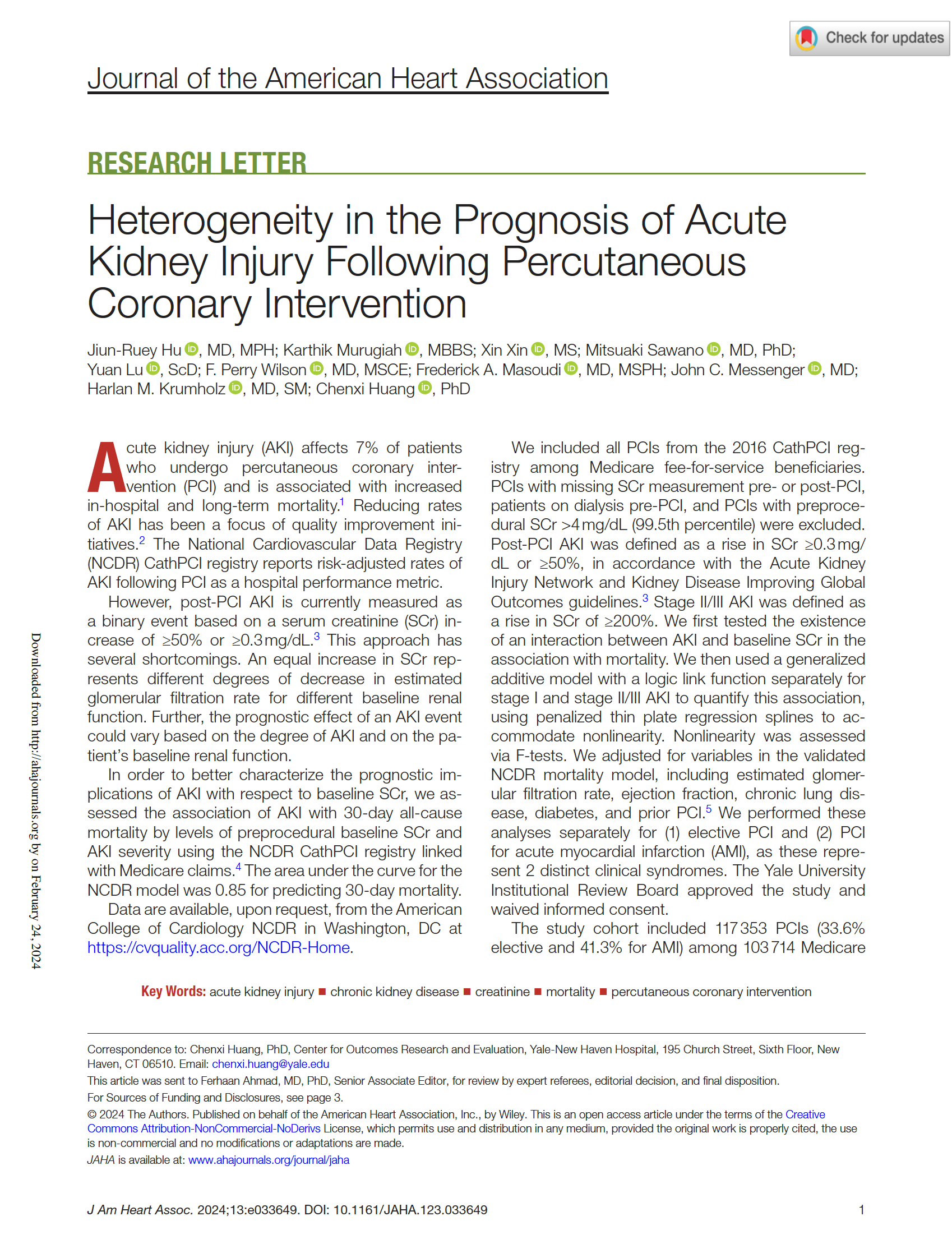📝 Abstract
Objective
Given the small but growing body of literature related to physical functioning and the scarce data related to fine motor and cognitive functioning in adults with hypophosphatasia (HPP), our objective was to characterize physical, functional, and cognitive performance in adults with HPP. A future objective is to utilize this characterization to develop guidelines for evaluation by physical therapists (PT), occupational therapists (OT), and speech-language pathologists (SLP).
Method
We evaluated physical, functional, and cognitive performance in 15 adults with HPP through standardized assessments of mobility, balance, fine motor control, activities of daily living, cognition, and self-reported measures of health-related quality of life, fatigue, depression, and anxiety. The median age at enrollment was 44 years (range 26–79 years). Among the participants, 11 (73%) were women. Five participants (33%) were on enzyme replacement therapy.
Results
Compared with the general population, HPP participants traveled shorter distances on the Six-Minute Walk Test (420 m (m) [SD: 132] vs 620 m [SD: 49], p < 0.00005), had slower gait on the 10-Meter Walk Test [HPP men (3.71 ft/s (f/s) [SD: 0.77] vs 4.70 f/s [SD: 0.14], p < 0.00005) and HPP women (3.39 f/s [SD: 0.67] vs 4.56 f/s [SD: 0.09], p < 0.00005)]. HPP participants had decreased upper extremity (UE) dexterity by Nine Hole Peg Test [right UE in HPP men (22.7 s (s) [SD: 2.3] vs 19.0 s [SD: 3.9], p = 0.03), left UE in HPP men (23.3 s [SD: 0.7] vs 19.8 s [SD: 3.7], p = 0.03), right UE in HPP women (19.8 s [SD: 2.0] vs 17.7 s [SD: 3.2], p = 0.01), and left UE in HPP women (21.1 s [SD: 2.5] vs 18.9 s[SD: 3.4], p = 0.02)], and some had abnormally slow bilateral UE reaction times via Dynavision (0.9 s [0.85,0.96], functional speed <1.15 s). On the Short Form-36 (SF36), HPP patients reported worse energy/fatigue (30.4 [SD 22.7] vs 52.2 [SD: 22.4], p = 0.0001), social functioning (54.5 [SD: 34.2] vs 78.8 [SD: 25.5], p = 0.0002), pain (46.1 [SD: 27.3] vs 70.8 [SD: 25.5], p = 0.0001), general health (36.8 [SD: 24.0] vs 57.0 [SD: 21.1], p = 0.0002), and health change i.e. perception of health improvement (32.1 [SD: 15.3] vs 59.1 [SD: 23.1], p < 0.00005) than the general population. Fatigue Severity Scale scores were well above the median for a healthy population (5.21 [SD: 1.8] vs 2.3 [SD: 1.21], p < 0.00005), indicating significant fatigue. HPP participants had significantly higher DASS scores for depression (8.5 [SD: 6.5] vs 5.0 [SD: 7.5], p = 0.02), anxiety (7.9 [SD: 6.7] vs 3.4 [SD: 5.1], p = 0.00009), and stress (14.7 [SD: 12.4] vs 8.1 [SD: 8.4], p = 0.0003) compared to the general population.
Conclusion
Objective functional assessments demonstrated defects in physical functioning, including decreased ability to walk distances, slow gait speed, and diminished ability to repeatedly rise from a sitting position. In addition, participants self-reported significant limitations due to physical dysfunction. Decreased upper extremity dexterity may indicate problems with activities of daily living and delayed reaction times can have safety implications. Some patients with HPP have increased difficulties with depression, anxiety, and stress. PT, OT, and SLP specialists can aid in establishing baseline assessment of impairment and objective metrics for assessing efficacy of treatment.


